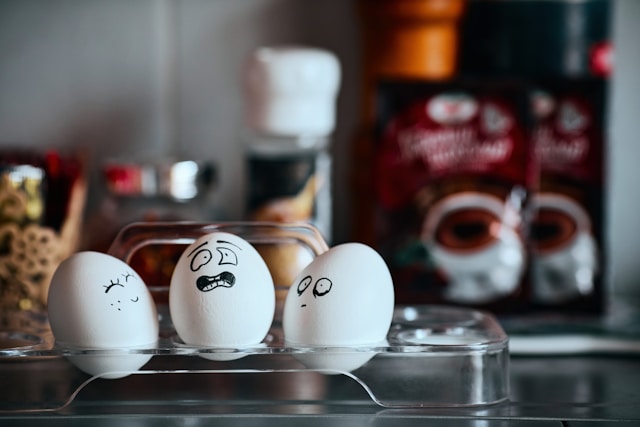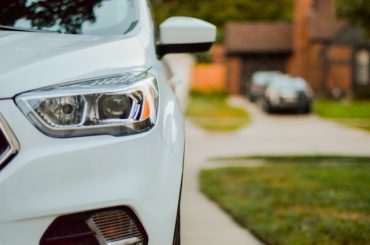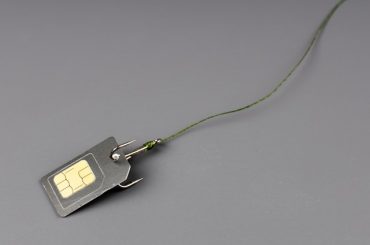Psychological pricing is a marketing strategy that encourages customers to purchase based on emotional rather than rational responses. This strategy leverages human psychology to make prices seem more attractive, even if the difference in actual price is minimal.
Here are some common techniques and their examples used in psychological pricing:
Charm Pricing: Charm pricing is a psychological pricing strategy where prices are set slightly below a round number, such as $9.99 instead of $10.00. This tactic leverages the tendency of consumers to focus on the first digit of the price, perceiving it as significantly lower than it is. By seeing $9.99, customers often register the price as $9 rather than rounding up to $10, making the product seem more affordable. This small difference can greatly influence purchasing decisions, making charm pricing a highly effective tool in retail and other industries to increase sales and attract budget-conscious consumers.
- Example: Retail Stores: Many stores price items at $19.99 instead of $20.00. For example, a T-shirt might cost $14.99 instead of $15.00. This slight difference can make the price seem significantly lower.
Prestige Pricing: Prestige pricing is a strategy where businesses set higher prices to create a perception of superior quality, exclusivity, and luxury. By pricing items significantly above average, these brands attract customers who associate higher costs with higher value and are willing to pay a premium for what they perceive as exceptional products. Prestige pricing enhances brand image and targets a specific market segment that values status and exclusivity, ultimately driving higher profit margins for the company.
- Example: Luxury Brands: High-end brands like Gucci or Rolex set high prices to convey exclusivity and superior quality. For instance, a Rolex watch may be priced at $9,995, highlighting its luxury status.
BOGO (Buy One Get One): BOGO (Buy One, Get One) is a promotional pricing strategy where customers receive an additional product for free or at a discount when they purchase one at a total price. This tactic creates added value and urgency, encouraging customers to purchase immediately. For example, a grocery store might offer, “Buy one box of cereal, get another free.” This increases sales volume, helps clear out inventory, and attracts customers looking for deals. BOGO promotions effectively drive short-term sales spikes and enhance customer satisfaction by providing perceived savings and extra value.
- Example: Supermarkets: Grocery stores often use BOGO deals, such as “Buy one, get one free” on products like cereal or snacks. This makes customers feel they are getting a great deal, encouraging them to buy more.
Bundle Pricing: Bundle pricing is a strategy where multiple products or services are sold at a lower price than if purchased separately. This approach enhances perceived value, encouraging customers to buy more items simultaneously. This tactic increases overall sales, helps businesses move more products, and reduces marketing costs by promoting a single package instead of multiple individual items. Bundle pricing appeals to customers’ desire for convenience and savings, driving higher transaction values.
- Example: Fast Food Chains: Restaurants like McDonald’s offer meal deals where a burger, fries, and drink are bundled at a lower price than if bought separately. This increases perceived value and sales.
Anchoring: Anchoring is a psychological pricing strategy where an initial high price (the anchor) is presented to make subsequent prices seem more reasonable. This strategy influences customers’ perception of value, encouraging them to choose the seemingly better deal. Anchoring helps businesses guide customers towards preferred pricing tiers and can increase sales of targeted products by manipulating perceived savings and value.
- Example: Electronics Retailers: Stores like Best Buy might display a high-end, expensive TV next to a mid-range option. The mid-range TV appears more affordable, increasing the likelihood of purchase.
Odd-Even Pricing: Odd-even pricing is a strategy where prices are set just below a round number, using odd numbers, such as $19.99 instead of $20.00. This technique exploits the psychological impact of seeing a slightly lower price, as customers perceive it to be significantly cheaper. Odd-even pricing leverages human cognitive biases to make prices seem more attractive and to influence purchasing decisions, ultimately boosting sales by appealing to consumers’ sense of value.
- Example: Furniture Stores: A sofa might be priced at $799 instead of $800, making it seem like a better deal. The odd pricing can psychologically make the price feel lower.
Comparative Pricing: Comparative pricing is a strategy where businesses display the original price alongside the discounted price to highlight savings and make the deal more attractive. This comparison draws attention to the discount, making customers feel they are getting a bargain. By emphasizing the difference between the original and reduced prices, comparative pricing enhances perceived value and urgency, encouraging customers to make a purchase quickly to take advantage of the apparent savings. This tactic is widely used in retail to boost sales and clear inventory.
- Example: Online Retailers: Websites like Amazon often show the original price next to the discounted price, such as “Was $59.99, now $39.99.” This highlights the savings and makes the deal more appealing.
Free Offers: Free offers are a pricing strategy where businesses provide an additional product or service at no extra cost with a purchase. This tactic adds perceived value to the transaction, making customers feel they are getting more for their money. Free offers can increase a product’s overall appeal, incentivize higher spending, and encourage customers to choose one brand over another. This strategy also helps introduce new products to customers, driving brand loyalty and repeat purchases by enhancing the overall shopping experience with added bonuses.
- Example: Cosmetic Brands: Companies like Clinique offer a free gift with a purchase over a certain amount. For example, “Free makeup bag with any purchase over $50” can entice customers to spend more.
Limited-Time Offers: Limited-time offers are a pricing strategy where discounts or special deals are available for a short, specific period, creating a sense of urgency and encouraging immediate purchases. By emphasizing the temporary nature of the offer, businesses can boost sales volume, clear out inventory, and attract new customers. Limited-time offers effectively generate excitement and drive quick decision-making, ultimately increasing sales and customer engagement.
- Example: Fashion Retailers: Brands like Zara or H&M might run flash sales with discounts available for a limited time, such as “50% off for the next 24 hours.” This creates urgency and encourages quick purchases.
Price Matching: Price matching is a pricing strategy where a retailer promises to match a competitor’s lower price for the same product. This strategy builds customer trust and loyalty by ensuring they get the best deal without shopping around. It can attract price-sensitive customers and prevent them from switching to competitors. Additionally, price matching can drive foot traffic and increase the likelihood of additional purchases, benefiting the retailer through increased overall sales and customer retention.
- Example: Electronics Stores: Stores like Walmart and Best Buy often offer price matching guarantees, promising to match lower prices found at competitors. This builds customer confidence in getting the best deal.
These strategies exploit cognitive biases and perceptions to influence purchasing behavior, often increasing sales and customer satisfaction.
Advantages and benefits of psychological pricing strategy
Psychological pricing strategies offer businesses several advantages and benefits, helping boost sales, enhance customer perception, and improve profitability. Here are some key benefits:
- Increased Sales: Psychological pricing can encourage purchases by making prices more attractive. Techniques like charm pricing and BOGO deals create a perception of getting a bargain, which can drive sales volumes.
- Improved Perceived Value: Strategies like prestige pricing and bundle pricing can enhance a product’s perceived value. Customers may associate higher prices with better quality or feel they are getting more for their money with bundled offers.
- Enhanced Customer Loyalty: Offering limited-time discounts and price matching can build customer loyalty by making customers feel they are always getting a good deal. This can lead to repeat business and long-term customer relationships.
- Competitive Advantage: Psychological pricing can provide a competitive edge. Businesses can attract price-sensitive customers and differentiate themselves from competitors by strategically setting prices.
- Higher Profit Margins: Prestige pricing allows businesses to charge premium prices, leading to higher profit margins. Additionally, while charm pricing slightly reduces the selling price, it can increase sales volume, potentially offsetting the lower margin.
- Increased Customer Satisfaction: Techniques like comparative pricing and free offers can enhance customer satisfaction by making customers feel they are getting a great deal. Satisfied customers are more likely to return and recommend the business to others.
- Faster Inventory Turnover: Limited-time offers and discounts can create a sense of urgency, encouraging customers to make immediate purchases. This can help businesses clear out inventory more quickly, reducing storage costs and keeping stock fresh.
- Improved Cash Flow: Increased sales volume from effective psychological pricing strategies can lead to better cash flow. More frequent purchases mean a steadier stream of revenue for the business.
- Better Market Positioning: Businesses can position themselves as premium brands by using prestige pricing and other strategies. This can attract a specific target audience willing to pay more for perceived quality and exclusivity.
- Enhanced Marketing Effectiveness: Psychological pricing can complement marketing efforts by making promotional campaigns more compelling. Highlighting savings, limited-time offers, and special deals can make marketing messages more persuasive and engaging.
Psychological pricing strategies can significantly impact consumer behavior, leading to increased sales, higher profitability, and stronger customer relationships.
7 Pricing Mistakes That Are Costing Businesses











